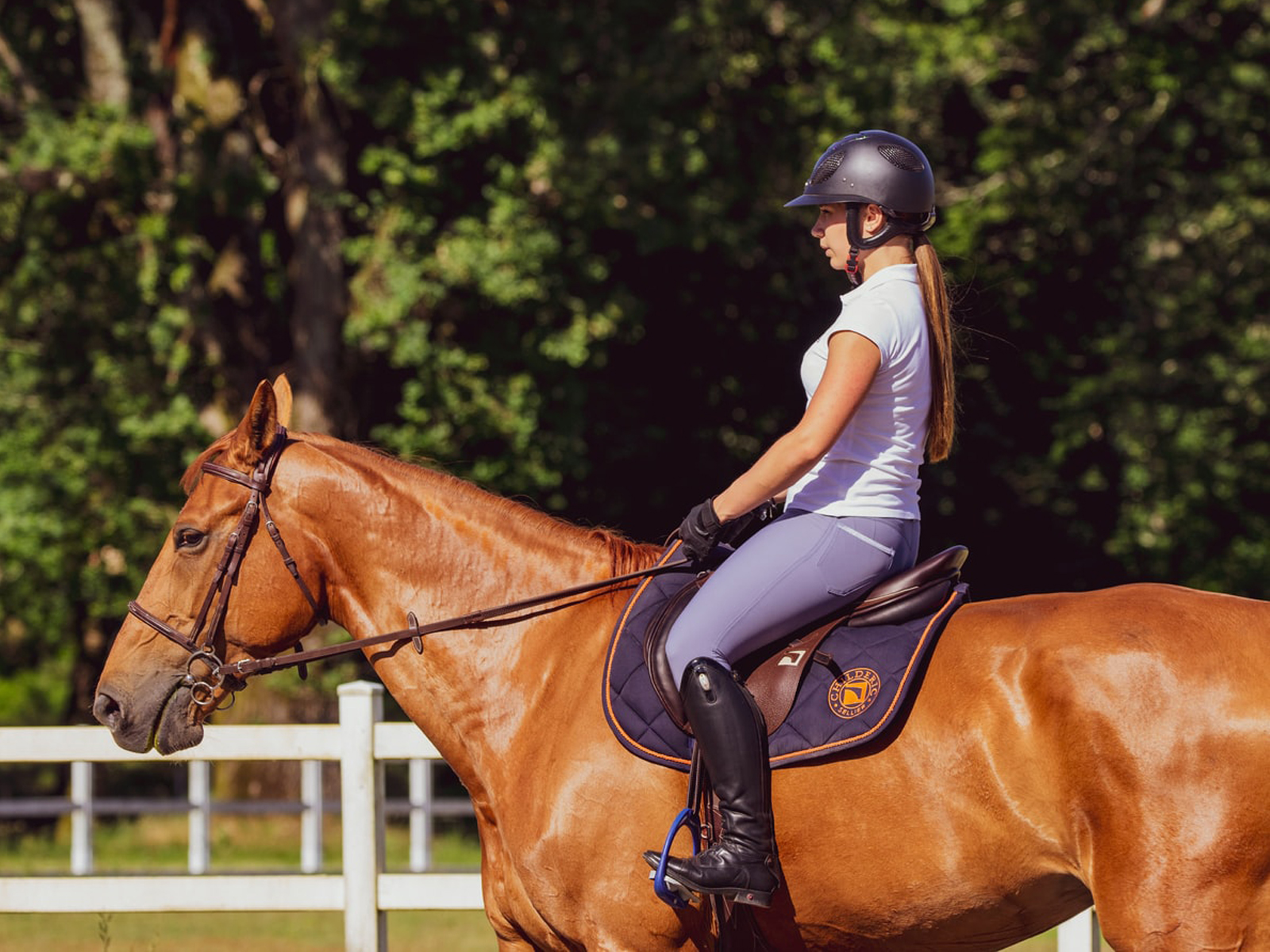Objects, contraptions and a few helping hands
I learned many valuable lessons back in the late 1970s while working on the copy desk of the Globe and Mail, one of which was how to write an engaging newspaper headline.
I was the new kid surrounded by wiser, older men, all of whom were marvelously patient as I slowly, haltingly grasped the dos, don’ts and nuances of professional-level copy editing. I remember asking one gruff vet: “Ron, what’s your favorite headline ever?”
He responded quickly, telling me about the hed for the obit of a religious man who walked with a limp. It read:“Roman in faith, Italic in gait.”
It was an early glimpse into how the right combination of font, type and words can create a little editorial magic. I became hooked on headlines.
I often think back to that time when, scared, intimidated and anxious, I limped into the Globe newsroom in a decade long before “diverse workforce” became a virtue. I feared prejudice and exclusion. It was the start of my career in journalism and—a big surprise—the beginning of a successful professional life filled with gratitude to the hundreds of bosses and co-workers who never seemed terribly taken aback by my disability and who have guided and challenged me ever since.
However, as I advance into even older age, I want to take a moment to praise not just the people who have helped me along the way, but also the objects, devices and, sometimes, jerry-rigged contraptions that have made life better, easier, less frustrating, more efficient, happier and more.
Let’s start with the electric card shuffler, a boon to one-armed me, as a tween and teen, when I played far too many games of crazy eights, cribbage, euchre and poker.
Next on the list: the straightened-out-wrapped-in-cloth coat hanger that Mom and Dad fashioned so I could scratch my dry, itchy left leg at a time when, for six weeks at age 11, it was encrusted in a cast from hip to toe.
Moving on: the elongated turn indicator a farmer-welder fashioned for me when I first learned to drive. Since the turn indicator was on the car’s left side, too far from my only functioning hand and arm, on the right side, he clamped a metal rod to the existing indicator, looped it over the steering column, extending it up to my waiting fingertips.
That wasn’t my only driving aid: I also had what was called a steering-wheel knob (like a small doorknob) that attached to the steering wheel and made wide turning a lot easier to pull off. Back in the day steering-wheel knobs came in your choice of colour (mine was purple), but you could also get models that flipped up and you could store a condom inside.
For me, the greatest aid has been the electric typewriter. My dad, recognizing that I had miserable penmanship, bought me an early Smith-Corona model that got me through high school and university. I also had a helpful Grade 9 typing teacher, who let me practice on the only electric typewriter in the classroom. Now I use a little typewriter app complete with QWERTY keyboard on my laptop. All you have to do is poke at letters, numbers, symbols and, presto, out comes an Abilities column without the huge physical effort an old-style typewriter demands. It is not a big stretch to say that without the electric or computer keyboard I could never have been a journalist, nor able to write my own engaging headlines.
All these things have brought me an incredible degree of happiness, relief and satisfaction, but I don’t think any of them have come close to the joy I have seen on the faces of the elder ladies at my wife’s long-term-care facility when they hold a real-life-looking baby doll in their arms. Alzheimer’s disease causes such anxiety and disorientation but, somehow, holding a doll that looks something like their own babies calms the troubled soul and makes their world, if only for a while, a friendlier, more secure place. We could all use such assistance.
Stephen Trumper serves on the board of the Canadian Abilities Foundation. He is an independent writer and editor.












